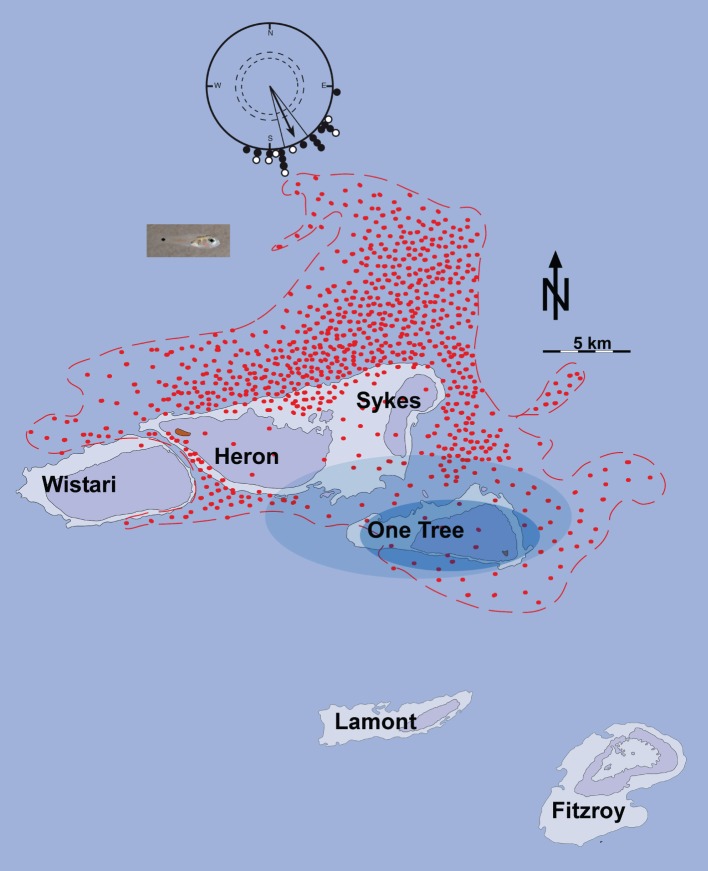Figure 4. Model illustrating how a time-compensated sun compass could help passively drifted reef fish larvae to relocate their natal OTI reef.
Red dots indicate the locations at ebb tide of passively dispersed particles 8 days after release from One Tree Reef according to the dispersal experiments and model calculations (Red dots drawn after Fig. 1C in reference [2]). At flood tide the dots will be displaced 5–7 km WNW. Notice that most larvae considered as passive particles for their first 8 days would be transported significantly to the NNW beyond the odor halo of OTI (idealized odor halos in decreasing intensity blue) and even beyond neighboring reefs to the NNW before they gain sustained swimming capabilities. The polar diagram shows the time-compensated sun compass orientation of just-settled (•) and pre-settlement (o) larvae (Figure 2A and 2C combined: mean direction 155°, n = 21, r = 0.89, p<0.001). One-week old O. doederleini larvae (symbolized by the dispersed cloud of red dots) would be more likely to relocate the OTI reef if they used a sun compass to swim actively toward SSE, than if they would swim in random directions. Picture shows settling stage Ostorhinchus doederleini.

